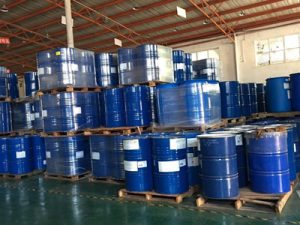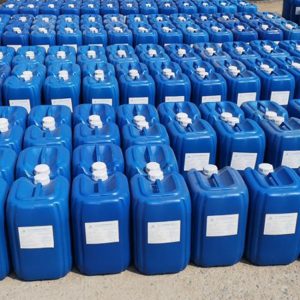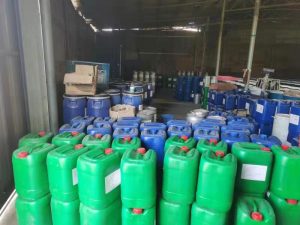Surfactants in detergents
Surfactants, with their efficient cleaning and disinfecting functions, have long been the most important component of cleaning products. Surfactant is the main ingredient of detergent, which has a series of physicochemical effects (e.g. wetting, penetration, emulsification, solubilization, dispersion, foaming, etc.) with dirt and between dirt and solid surface, and obtains the washing effect with the help of mechanical agitation. The most widely used are anionic and nonionic surfactants, cationic and amphoteric surfactants are only used in the production of certain special types and functions of detergents. The main varieties are LAS (Liaminated Alkyl Benzene Sulfonate), AES (Fatty Alcohol Ethoxylate Sulfate), MES (α-Sulfonated Fatty Acid Fatty Acid Salt), AOS (α-Allyl Sulfonate), Alkyl Ethoxylates, Alkyl Phenol Ethoxylates, Fatty Acyl Diethanolamine, Amino Acid, Betaine, and so on.

Application of surfactants in food industry
①Food emulsifier and thickener Surfactants in the food industry is the most important role as an emulsifier and thickener. Phospholipids are the most commonly used emulsifiers and stabilizers. In addition to phospholipids, commonly used emulsifiers are fatty acid glycerides S mainly monoglyceride T, fatty acid sucrose esters, fatty acid sorbitan anhydride esters, fatty acid propylene glycol esters, soybean phospholipids, gum arabic, alginate, sodium caseinate, gelatin and egg yolk and so on. Thickeners are divided into two categories: natural and chemically synthesized. Natural thickening agent from plants and algae produced starch, gum arabic, guar gum, carob bean gum, pectin, agar and alginate. There are also from the protein-containing plants and animals such as gelatin, casein and sodium caseinate. As well as from microorganisms such as xanthan gum. The most commonly used synthetic thickeners are sodium carboxymethyl cellulose, propylene glycol acid alginate, cellulose glycolic acid and sodium polyacrylate, sodium starch glycolate, sodium starch phosphate, methyl cellulose and sodium polyacrylate.

② food preservatives rhamnose ester has a certain antibacterial, antiviral and antimycoplasma properties, sucrose ester is also on the microorganisms, especially on the formation of spores of gram-positive bacteria inhibitory effect.

③Food dispersant, foaming agent, etc. Surfactants in food production, in addition to emulsifiers, thickeners, can also play a dispersant, wetting agent, foaming agent, defoamer, crystallization control agent, sterilization, and extend the freshness period of the role of the food and so on. For example, when adding 0.2-0.3% of soy lecithin to whole milk powder granulation, it can improve its hydrophilicity and dispersibility, and it can be quickly dissolved without agglomeration when brewing. In the production of pastry and ice cream, adding glycerol fatty acid, sucrose fat can play a foaming role, which is conducive to the production of a large number of bubbles, while in the production of condensed milk and soy products, adding glycerol fatty acid lipids have an antifoaming effect.
Translated with DeepL.com (free version)

